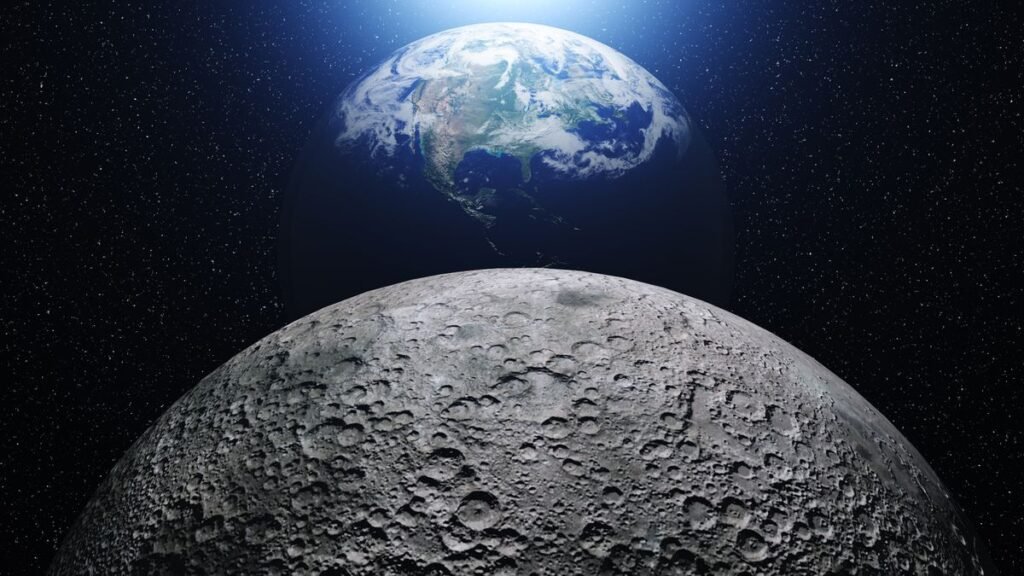Lunar surface once an ‘ocean of magma’, reveals Pragyan rover

Bengaluru: The moon was once covered by an ocean of magma. The theory has been bolstered by data from the Chandrayaan-3 mission of the Indian Space Research Organisation (ISRO). An analysis published in the Research Magazine ‘Nature’ stated that. This analysis is related to the measurement of soil on the Moon, recorded at several points by the Pragyan rover, covering 100 meters on the surface.
The rover was deployed by Vikram Lander. The lander made ‘soft landing’ near the south pole of the Moon on August 23, 2023. Chandrayaan-3 consisting of lander and rover was launched by ISRO, Bengaluru. Previous missions such as NASA’s Apollo and the Soviet Union’s Luna have relied primarily on soil samples taken from the Moon’s equatorial and mid-latitude regions, respectively, the study said.
The study also included authors from the Physical Research Laboratory based in Ahmedabad. Researchers, while analyzing data from Pragyan obtained from the south pole of the Moon, found that the Moon’s soil is made up of the same type of rock, ferroan anorthosite (FAN).
The study authors said their results are similar to analysis of samples taken from equatorial and mid-latitude regions. In addition, the similar composition of samples taken from geographically distant locations supports the lunar magma ocean hypothesis, a widely accepted scenario for the Moon’s early evolution, he said. This hypothesis provides a possible explanation of how the upper, middle, and inner part of the Moon’s surface formed.
How was the moon formed?
According to the hypothesis, the Moon was formed as a result of a collision between two protoplanets (the phase preceding planet formation). While the larger planet became Earth, the smaller planet became the Moon. According to the theory, this resulted in the moon becoming very hot, melting its entire mantle into ‘magma ocean’. The study states that while the Moon was forming, it cooled, floated on the low-density FAN surface, while heavy minerals sank below and became ‘mantle’, which is ‘crust’ (upper part of the surface). The analysis also revealed that Pragyan has detected magnesium in the lunar soil.









